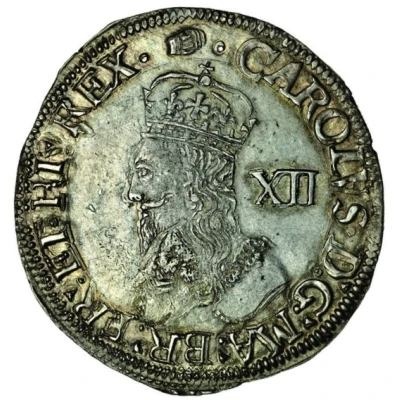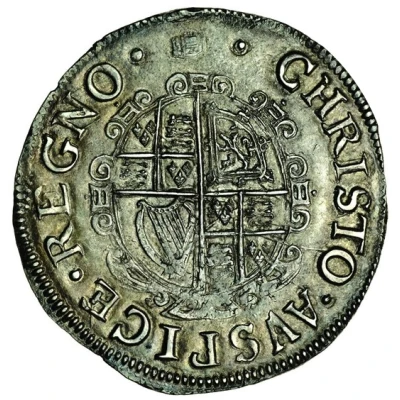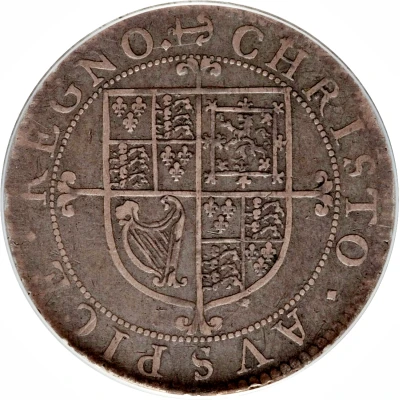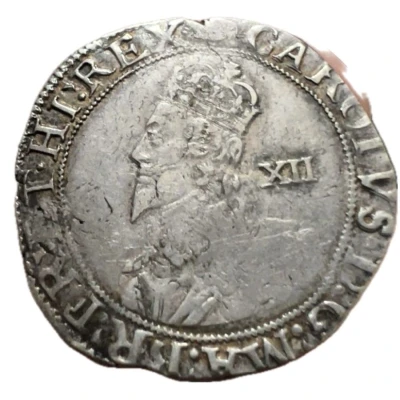
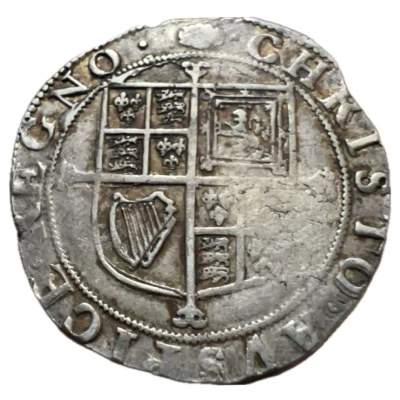

© Lew_382 (CC BY-SA)
1 Shilling - Charles I Group E; 5th ‘Aberystwyth’ bust ND
| Silver (.925) | 6 g | 31 mm |
| Issuer | England (United Kingdom, British Overseas Territories and Crown Dependencies) |
|---|---|
| King | Charles I (1625-1649) |
| Type | Standard circulation coin |
| Years | 1636-1639 |
| Value | 1 Shilling (1⁄20) |
| Currency | Pound sterling (1158-1970) |
| Composition | Silver (.925) |
| Weight | 6 g |
| Diameter | 31 mm |
| Shape | Round |
| Technique | Hammered |
| Orientation | Coin alignment ↑↓ |
| Demonetized | Yes |
| Updated | 2024-10-08 |
| Numista | N#420780 |
|---|---|
| Rarity index | 94% |
Reverse
Square-topped quartered shield of arms over cross moline within inner beaded circle, legend around.
Script: Latin
Lettering: •CHRISTO AVSPICE REGNO•
Unabridged legend: Christo Auspice Regno
Translation: I reign under the auspices of Christ
Comment
House of Stuart (1603-1714), Charles I (1625-1649), struck at the Tower mint, London under the King (1625-42), Group E, fifth bust, type 4.2. Mintmarks: Tun (1636-8); Anchor (1638-9).
Interesting fact
One interesting fact about the 1 Shilling - Charles I (Group E; 5th ‘Aberystwyth’ bust) ND (1636-1639) coin is that it was minted during a time of great turmoil in England. Charles I was facing opposition from Parliament and the coinage was used as a tool for political propaganda. The coin features a portrait of Charles I with a distinctive "Aberystwyth" bust, which was designed to promote the king's image as a strong and powerful leader. Despite the political tensions, the coin was widely accepted and used in trade, demonstrating the importance of coinage in everyday life during this period.
